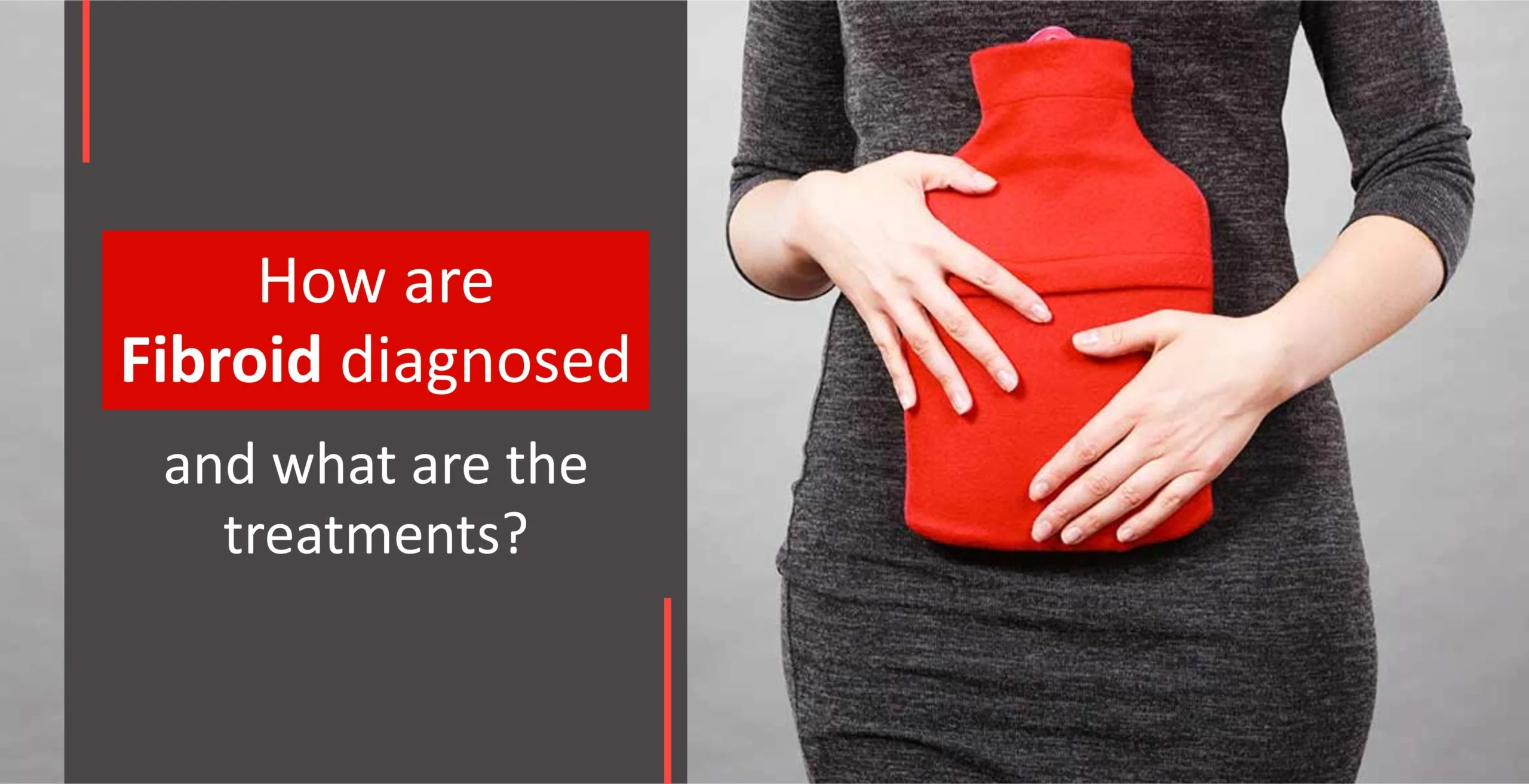How are Fibroids diagnosed, & what are the treatments?
Fibroids are mostly non-cancerous tumor of uterus. Exact cause of development is not known, but is linked with the hormone oestrogen. It is usually observed in the reproductive years of woman’s life i.e. from 16 yrs. to 50 yrs. They are the commonest tumors of uterus in woman.
The common cause of the fibroids is overweight where the oestrogen level seems to increase. Risk of fibroid increases in the woman, who has never given birth to child. Fibroids have the tendency to grow anywhere in the womb and their size can vary from that of the pea to the melon. Therefore, if you have the symptoms of Fibroids consult the Gynae doctor in Gurgaon. There are particularly three types of Fibroids, know about them in detail by Dr. Punita Arora.
Fibroids can be:
- Intramural fibroid: The common type of fibroid which develops in the wall of womb.
- Subserosal fibroids: Here the Fibroids grow outside the wall of womb.
- Submucosal fibroids: Here the Fibroids grow into the inner lining of the womb.
Treatment of Fibroids: The treatment or medication is not needed in every case of fibroid. Usually they shrink after the menopause although there are medications which can be used for shrinking the tumor. Moreover treatment is necessary if one has symptoms.
Diagnosis: Fibroids are diagnosed on clinical examination or by ultrasonography. Rarely MRI is required.
Although fibroids are not harmful but they can cause symptoms in some patients, like heavy periods, abdominal pain, infertility or Leiomyosarcoma (rare form of cancer inside the fibroids) but is rare.
Treatment:
Treatment of fibroid in a woman who has no symptom is observation by yearly examination.
In woman who has symptoms due to fibroids, treatment depends on her age and if she is keen to have pregnancy.
Treatment can be:
- Medication
- Surgery
- Myomectomy: removal of fibroid only.
- Hysterctomy: removal of uterus with fibroid.
- Hysteroscopic removal of fibroid.
Surgery is done either Laproscopically open or Hysteroscopically depending on individual case to case.

 Appointments
Appointments

.webp)



.webp)